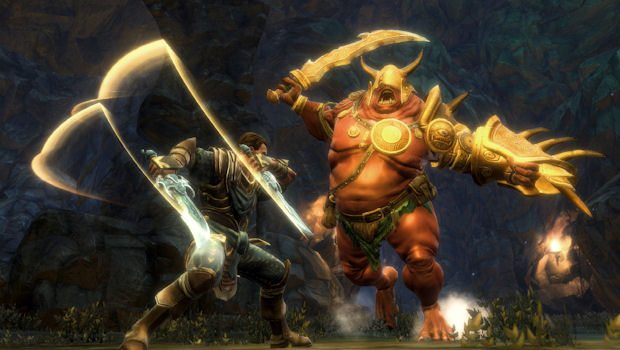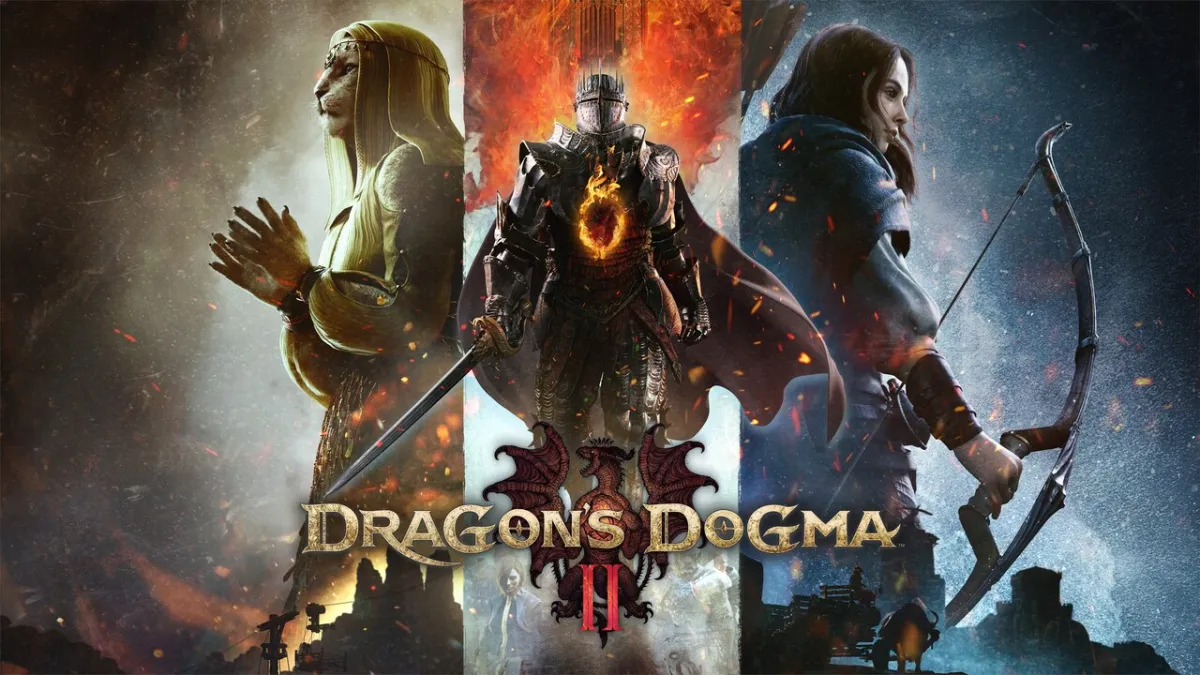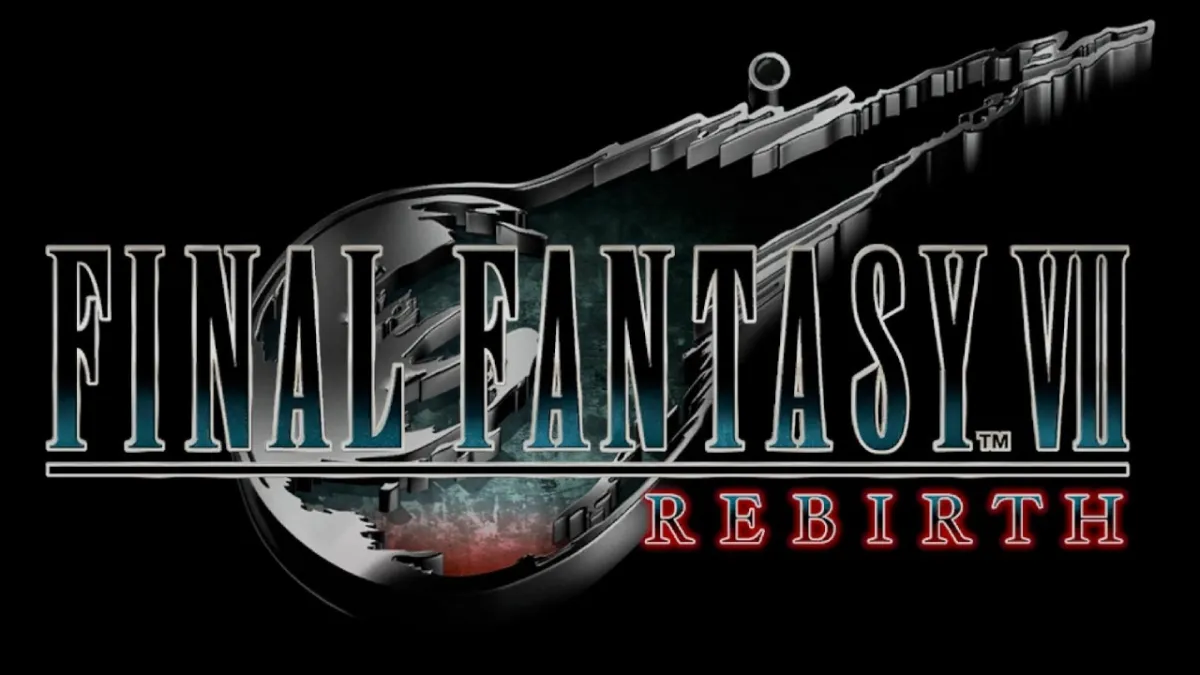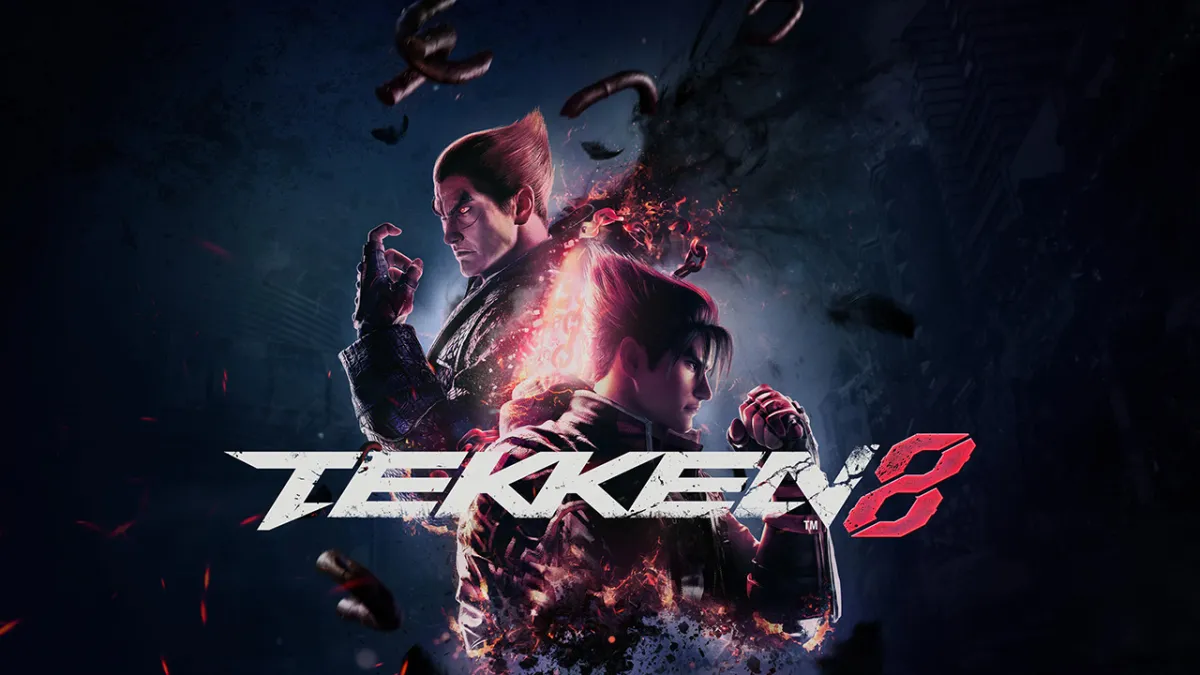When 38 Studios sets out to do a new game, there’s one thing that’s completely undeniable: They go big. Procuring reknown design leads for the art, writing, and gameplay, 38 Studios has put together a developmental dream team for Kingdoms of Amalur: Reckoning. With influences from the minds behind some of the popular content in the genre from years past, Kingdoms of Amalur: Reckoning is an ambitious attempt at creating a different kind of action-rpg. But is it an heir to the throne, or just another wannabe in a genre that has some of the most demanding fans in the business?
The story of The Kingdoms of Amalur: Reckoning is one that tells the tale of your character, your untimely death, and your resurrection. While R.A. Salvatore’s lore covers 10,000 years of fantasy fiction within the world of Amalur, Reckoning focuses on just a small sliver of this timeline. You play as the first warrior to ever be resurrected from death. While little is known about your character prior to waking up on a montain of corpses headed for incineration, the massive account of your ordeals in Amalur explains why you have the power to shape your fate, and the fates of others. It’s not a completely new concept, but definitely makes for some thought provoking story telling throughout the main questline.
Shaping your fate and the fate of the citizens of Amalur is the driving force behind the story in Reckoning. Driven by an MMO-like quest system, Reckoning doesn’t break the mold when it comes to the methods that it chooses to use in delivering the many main and side storylines throughout the game. You’ll find Ken Rolston’s influence in this department to be evident, as it’s very much like what we’ve encountered in previous Elder Scrolls games. Pushed along by the traditional questing mechanics to expand your story, the real meat and potatoes of Amalur comes from its sheer dedication to action side of the game, and the combat and customization options within.
As touted, the action part of the Kingdoms of Amalur: Reckoning really shines. The fighting system while not as deep as those you would find in a game that is dedicated soley to combat, is one that has enough wrinkles and deviations to make it fun for the greater part of 60 hours. The multi-faceted combat system is tied directly to how you customize your character, which weapons you choose to equip, and also how you choose to enhance these weapons through the game’s crafting system. Your skills are tied directly to a skill tree, which as expected, is filled with points you earn by defeating enemies and leveling your character. Depending on what fate you choose, there are a number of different ability sets that you may end up with in Reckoning. You can integrate elements from every class into your warrior, respec your character at any point of the game, and endlessly tinker with your character until you get the appropriate mix of skills that feels good to you.
You are given the ability to assign primary and secondary attacks to your character, and can change these on the fly if they don’t seem to be working particularly well in any given battle. Using these regular tactics will also level a fate shift meter, that when full and activated, gives you a slow motion and visually stunning attack sequence to unleash on your enemies. The combat rewards you fighting skillfully and using all of your abilities to their potential, giving you more fateshift points for better strung together attacks and a hefty XP bonus for finishing off a group of enemies while fate-shifting. Enemy HP also seems to have this formula attached to it. Early stages of a long battle will see you taking minmal HP from an enemy, but as they are broken down and weakend they’ll become more vulnerable to your attacks.
You’ll encounter many types of enemies in Kingdoms of Amalur: Reckoning, each with a distinct fighting style that require different tactics to beat. For some, simple block and attack tactics will work wonders, but for others, you’ll need to be more nimble. There are quite a few challenging sequences in Amalur that will take some trial and error before beating, with many of the bigger bosses requiring that you see their patterns at least once to avoid what can turn into an endless juggle of death blows.
Your rewards for battle are many. Aside from the XP system in place, there is a strong emphasis on looting. Any enemy can possess a combination of gold and equipment. This will have you constantly looking to see if you’ve found a better replacement for that highly damaged sheild you’ve been carrying for far too long. Equipment that is found or purchased that contain sockets, will also allow you to place crafted gems in them to give you specific buffs to increase your proficiency. Gems are found throughout Amalur, or crafted in-game, with fragments called shards. Varying effects can be had by trying different recipes, but you can also find books or notes that will teach you specific ways to craft powerful gems for your equipment. Once the deep systems have their hooks into you in Amalur, you’ll find that you’ll be spending alot of time in the menus of the game, dumping items to trash, making space for new loot, and rifling through your sagecraft and reagent bags to keep your character at his/her full potential.
Kingdoms of Amalur: Reckoning has a lot of great things going for it. However, it does have quite a few drawbacks as well. There’s a very distinct flavor that the studio has drawn from for inspiration, and that’s World of Warcraft. Which is fine, but for an action-RPG, it doesn’t work quite as well as you would think. The environments, beautiful as they may be, end up feeling empty at times. Unchanged for much of the game, the moody and atmospheric lands feel like they needed to be populated more densely or changed in some way throughout the expansion of the story.
Invisible walls litter the world. Places that seem like you should naturally be able to venture into, are inaccessible. This spills over vertically as well. The game uses a jump point system to determine where you can and cannot move to within the world. Personally I enjoy the freedom to decide whether I am willing to sacrifice my precious HP to make a leap of faith, or not. It becomes almost comical at points of the game, where you can and cannot go. Seemingly small obstacles will force you into time-consuming detours, and that really hampers the experience in my opinion. When you take into consideration that many of the game’s side-quests feel somewhat mundane in the first place, some quests in Amalur can be trying. Adding to this even further is inability to properly navigate the terrain with your map. Since it’s a crap shoot on where you can and cannot go, you can only depend on your only navigational tool for a general direction in which to travel.
Another particularly notable flaw in Reckoning is in the method by which the story is conveyed to you. While it’s not a flaw, I suppose, but more of a conscious decision to travel back in time with the conversation and dialog sequences that feel dated for 2012. Kingdoms of Amalur uses cinematic displays that are reminiscent of a last generation role-playing game. Your character remains unvoiced throughout Kingdoms of Amalur: Reckoning, and because of this, conversations feel one-sided. There’s alot of dialog to hear and text to read, but the vision of your character blankly staring at your traveling companion or subject of conversation is jarring after the umpteenth time of seeing it. Perhaps if it was from the first person perspective it would have worked better as it did in the Elder Scrolls and Fallout games, but seeing your character act as an emotionless mute felt uninspired.
The Verdict
Kingdoms of Amalur: Reckoning ultimately feels like the most engaging action game ever created. The deep customization, leveling, and crafting systems put it miles ahead of other games that fall into that category. Unfortunately, the traditional RPG aspects of it fall short in some areas, feeling derivative, if not downright poorly conceived. Those things aren’t what will keep you interested in your time with the Kingdoms of Amalur however. The consistent loot grind and endless possibilities of character customization play a stark contrast to this, and are so well done that it’s hard not to overlook some of the flaws. Your customization decisions have immediate impacts on the gameplay in Amalur and that’s what kept me driving through this massive title. Be warned though, this slow burning story has the ability to suck you in having you stuck in Amalur for upwards of a hundred hours.







